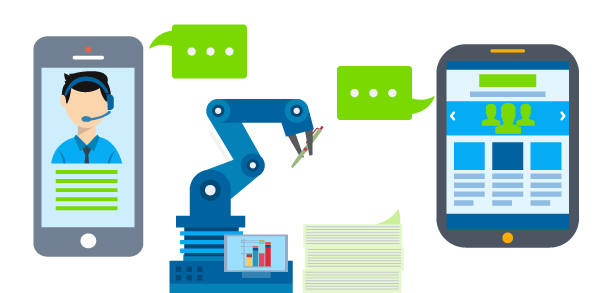
31 May What is best to use, machine translation or Live Document Translation?
(Last Updated On: August 13, 2020)Machine translation can never replace humans. The topic of human translation versus machine output has been debated for years. What makes machine output so bad for use by businesses? What is a cleverer option? It cannot be denied that gadgets have been embedded within our lifestyle. This has made us to rely on systems that offer us instant solutions. Machine translators such as Google Translate can offer you the translation of any word in foreign language into a language that can be comprehended by you in almost an instant. However, businesses cannot rely on machines for translating official documents.
Machine translation vs. Live Document Translation
There is a battle in the translation industry which involves competition between machines and human translation. Both have their pros and cons. Machine translators are quick but do not promise quality. However, traditional translations gives quality but takes a lot of time. A need for an alternative was felt which could combat the disadvantages associated with both machine and traditional translations.
The new service, Live Document Translation, provides you with translation over the phone for any kind of document you might have, from any language. Live translations are quick and accurate as you will have a professional translator on the phone, explaining your document. These are up to 70% less expensive than the traditional translation services.
If you are wondering what is cleverer of the live document translation and machine translation, then it should not be hard for you to pick live document translation as it eliminates the drawbacks of the popularly employed translation services. On the other hand, machines involve mere substitution of words into desired language and this lacks a human feel. These are not backed by any human input. If you have ever used Google Translate, then you would know what its output seems like. Millions are being spent by large organizations in developing software for machine translations, more and more languages are being added in the database but cheap or free machine translation has several risks associated with usage.
Machine language translation does not have a complete grip over the human language. The problems being faced is due to the fact that phrases and words may carry multiple meanings which cannot be comprehended by algorithms on which machines are run. Hence, it is not possible to grasp the context of what is being tried to convey. Things like linguistic nuances, idioms and tone cannot be picked by machines. These just produce literal word to word translations.
Machine translation can only be used for small snippets or word translation. It is ideal for translating simple phrases and sentences when you just want to understand the gist of the text in an email or a note. This cannot prove to be beneficial when you are translating a whole document when there is a need to understand the complete meaning. Translators do make use of the technology but they do invest time in imparting the actual tone that was present in the initial document. This is why live translations have a bright future. Human translations that are aided by computers can speed up the delivery of service without compromising with the quality.

